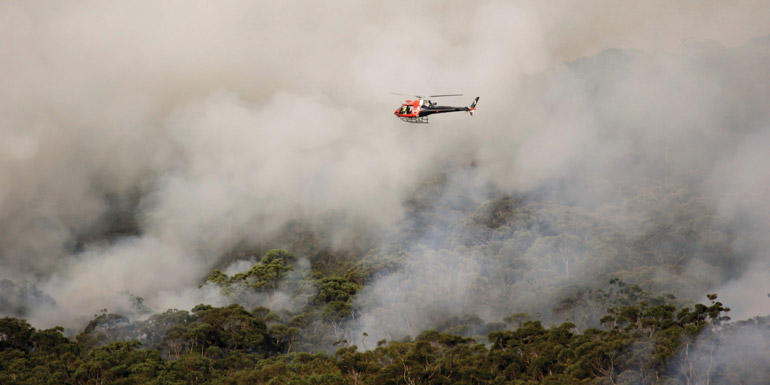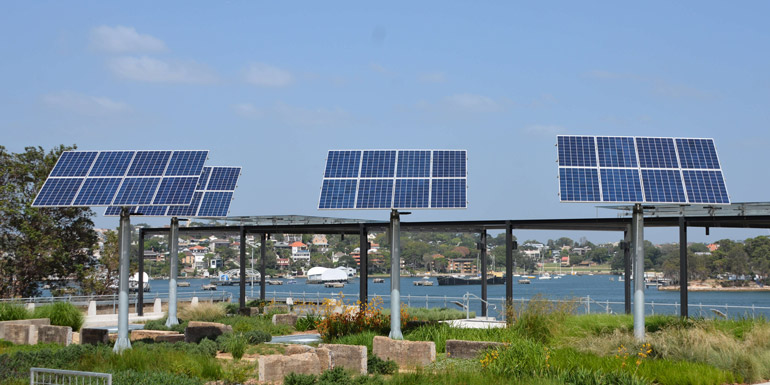Local councils and climate change
NSW’s local councils and authorities, and their collaborative joint organisations, are often the first to respond to the impacts of climate change.
In addition, councils and authorities have the local knowledge that is needed to understand regionally specific climate change impacts, as well as the community vulnerability to these impacts. This information is crucial for climate change adaptation.
To plan for the impacts of climate change, councils and authorities can use the following process:
Step 1 - Assess the risks of climate change in your region. This involves assessing exposure and vulnerability.
Step 2 - Identify options and plan to manage or reduce the impacts of climate change on local people, environments, economy, assets, services and operations
Step 3 - Fund and implement plans in consultation with local communities and stakeholders
Step 4 - Monitor and review plans and results regularly for ongoing updates and improvements.
Detailed information and guidance on this process can be found on the How local councils and authorities can adapt to climate change page.
While councils and authorities plan to adapt to the impacts of climate change, they also play an important role in reducing greenhouse gas emissions and creating environmentally sustainable regions. This works towards NSW’s goal of achieving net zero emissions by 2050.
Through combining adaptation, sustainability and Net Zero actions, local councils and authorities can play a huge part in ensuring that NSW will be a prosperous, healthy, and resilient state into the future.



